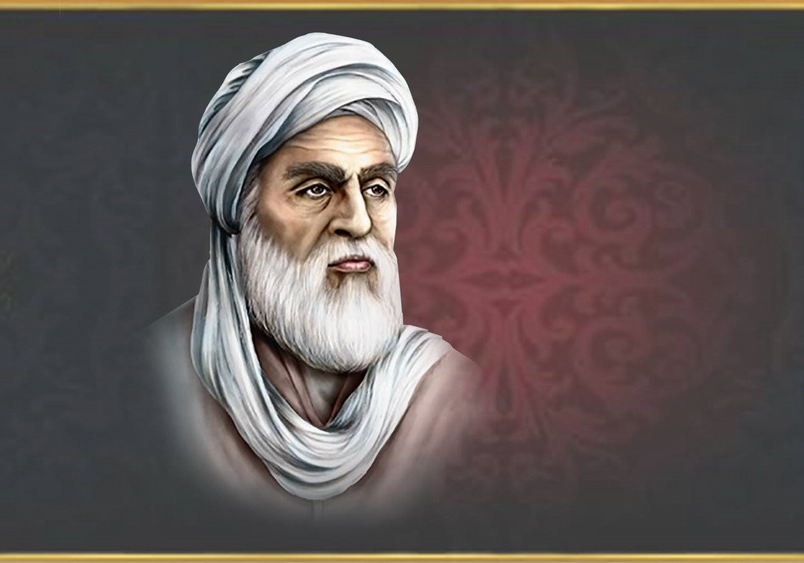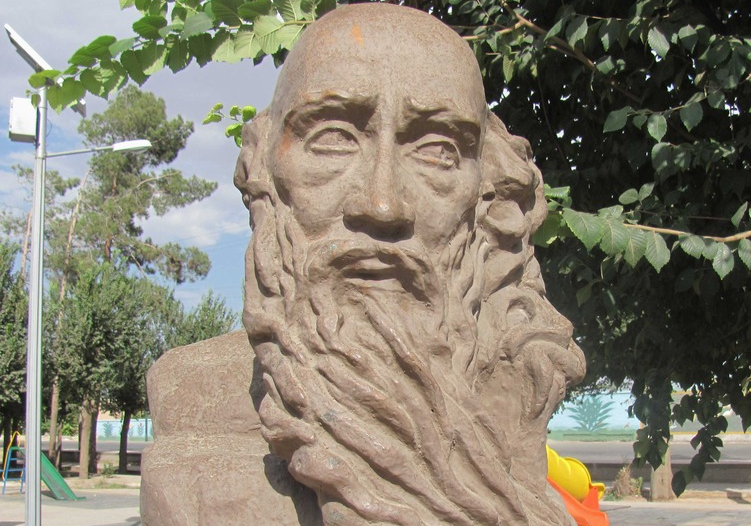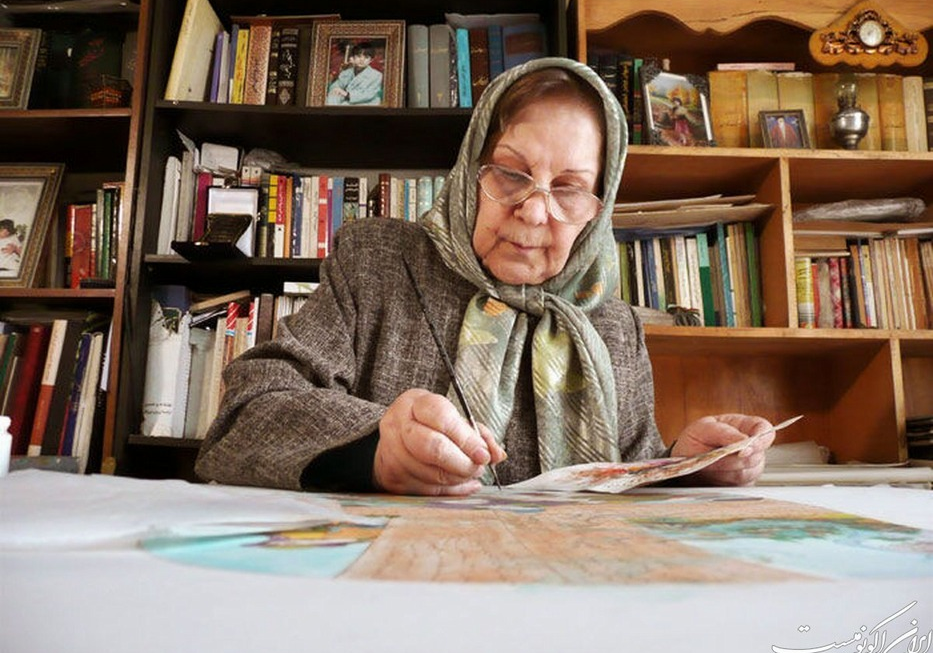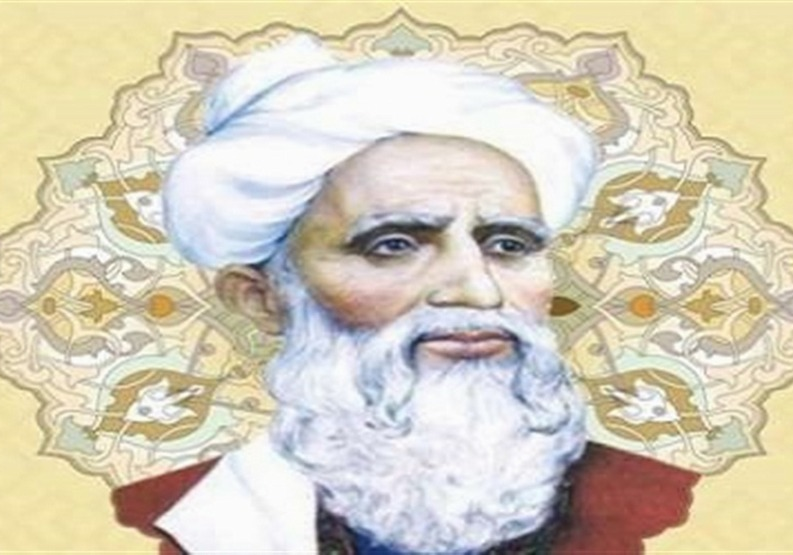
Abu Mo’in Naser bin Khosrow bin Harith Qubadiani Balkhi
Naser Khosrow had expertise in most of the intellectual and narrative sciences of his time, such as philosophy, mathematics, geometry, medicine, music, painting, rhetoric, astronomy, and theology, and he has repeatedly emphasized his expertise in these sciences in his poems. Just like Hafez and Rudaki, Naser Khosrow is one of the three poets who had memorized the entire Qur’an and used it to prove his beliefs.
Seeking the source of truth, he debated with followers of various religions, including Muslims, Zoroastrians, Christians, Jews, and Manichaeans and asked questioned from their religious leaders about the truth of existence, and traveled to various lands for seven years the report on which have been written in the form of a travelogue.
Naser Khosrow has many writings and compositions, some of which include: Safarnameh (travelogue), Divan of Persian Poetry, Divan of Arabic Poetry, Zad Al-Masafrin, Vajah al-Din, Sa’adatnameh, Rawshanainameh (Book of Enlightenment), Goshayesh va Rahayesh (Knowledge and Liberation), Ajayib al-San’ah, Jami’ al-Hikmatain, Bustan al-Ughul, Lisan al-Alam, Ekhtiyar al-Imam (Authority of the Imam), Ekhtiyar al-Iman (the Authority of Faith), etc.
Naser Khosrow Street is one of the most historic streets in Tehran. Several universities in Iran and abroad have been established under the name of Naser Khosrow and his statues have been made and installed in Iran and some other countries. Several conferences and congresses have been held for this Iranian poet at the national and international levels. Naser Khosrow passed away in the Yamgan district of the Badakhshan province and his tomb is located in the same district.
| Name | Abu Mo’in Naser bin Khosrow bin Harith Qubadiani Balkhi |
| Country | Iran |
| Nickname | Naser Khosrow Qubadiani |
| Works | Safarnama (The Book of Travels) is his most famous work. He visited dozens of cities in about seven years (March 6, 1046 – October 23, 1052) and wrote comprehensively about them, including details about colleges, caravanserais, mosques, scientists, kings, the public, the population, the area of the cities, and, of course, his interesting memories. After 1000 years, his Safarnama is still readable for Persian-speaking people. |


Choose blindless
Red blindless Green blindless Blue blindless Red hard to see Green hard to see Blue hard to see Monochrome Special MonochromeFont size change:
Change word spacing:
Change line height:
Change mouse type:
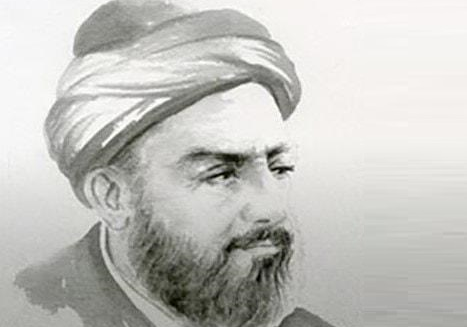

(b)_crop_8.jpg)





